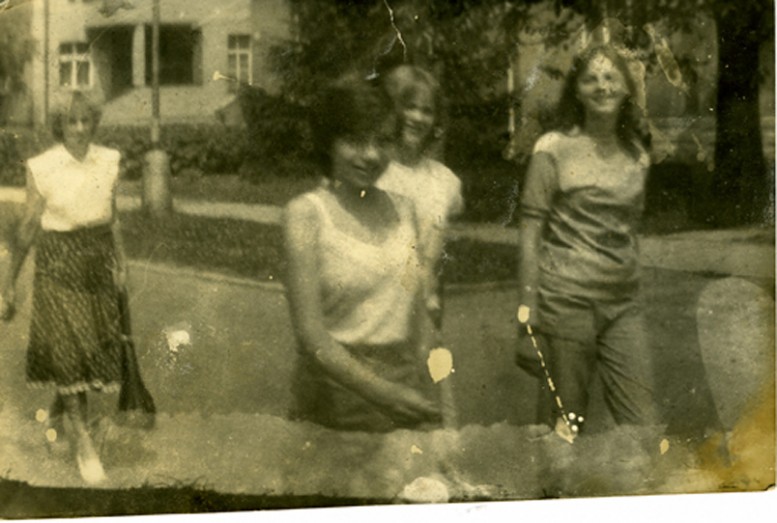
Pancho Villa and Emiliano Zapata were stealing back Mexico for the people. Freedom was being won with blood. Mexico was in the throes of a revolution. The great first quarter of the twentieth century Mexico was fertile ground for not only revolutionaries, but also artists. Mexico was indeed succeeding to a modern world. Mexico, always the symbol and champion of the underdog, the poor, the hungry has always held on strong to its icons. They were roughhewn in their prismatic, threadbare ponchos, sombreros, and dark mestizo skin that glowed amber under a romantic, warm desert sun in a landscape of infinite flowers, cobble stone, and chirping monkeys. And like inventing memories from photographs, our images of Mexico have been always invented by this imagery. It's the murals of Diego Rivera, the gardens and portraits of Frida Kahlo and the poems of Octavio Paz that paint of landscape of a bygone Mexico - poorly preserved by kitsch, refrigerator magnates, and theme restaurants. We always wonder what happened to the good old days when they're seemingly gone forever. Certainly one of the most influential icons of Mexico's good old days is the photographer Manuel Álvarez Bravo.

Manuel Álvarez Bravo, whose work is being exhibited alongside the poetry of another symbol of Mexico's heritage Octavio Paz, at the Mexican Embassy in India, captured the spirit of a Mexico experiencing the pangs of a revolution and the dialectic of an artistic movement mirroring back its angst. Screaming in a fulmination of dust, Bravo's photographs are as journalistic as they are erotic. Bravo was born in 1902 to a family of artists and writers, and met several other prominent artists who encouraged his work when he was young, including Diego Rivera. Bravo, who was inspired by the burgeoning surrealist movement in France, starting taking pictures at 18 whilst working a government job. Bravo would become a profoundly influential figure in contemporary Mexican and Latin American photography, but he would not become largely known in the rest of the world. Bravo died in 2002 at the age of 100, but his photographs are a significant part of Mexico’s history.
An exhibition, entitled In the Light of Mexico, curated by Conrado Tostado Gutierrez, the cultural attaché of the Embassy of Mexico in Delhi, comprises a substantial body of images that evokes the era of the Mexican Revolution of early 1907 to 1911, the newly independent Mexico and its people. Bravo’s daughter Aurelia Alvarez Bravo and his widow Collette Urbajtel have painstakingly developed the original negatives from the photographer’s work to make this exhibition possible. Bravo's photographs are coupled with the poems of poet and former Mexican Ambassador to India, Octavio Paz.
On view until June 30th in New Delhi, India. More info.
Text by Oliver Maxwell Kupper for Pas Un Autre




 A special sneak peek of an editorial to be published in Pas Un Autre's print edition Autre Quarterly–by the Moscow based photographer
A special sneak peek of an editorial to be published in Pas Un Autre's print edition Autre Quarterly–by the Moscow based photographer 
 Ilona in the pool, photography by Oliver Maxwell Kupper for Autre Quarterly....
Ilona in the pool, photography by Oliver Maxwell Kupper for Autre Quarterly....












 Black and white photographs by Richard Avedon will be on display starting May 21 at te Nassau County Museum of Art. Richard Avedon: Photographer of Influence will be on view May 21 to September 4.
Black and white photographs by Richard Avedon will be on display starting May 21 at te Nassau County Museum of Art. Richard Avedon: Photographer of Influence will be on view May 21 to September 4. 


 Mick Jagger, 1966. Photograph by Gered Mankowitz
Mick Jagger, 1966. Photograph by Gered Mankowitz



